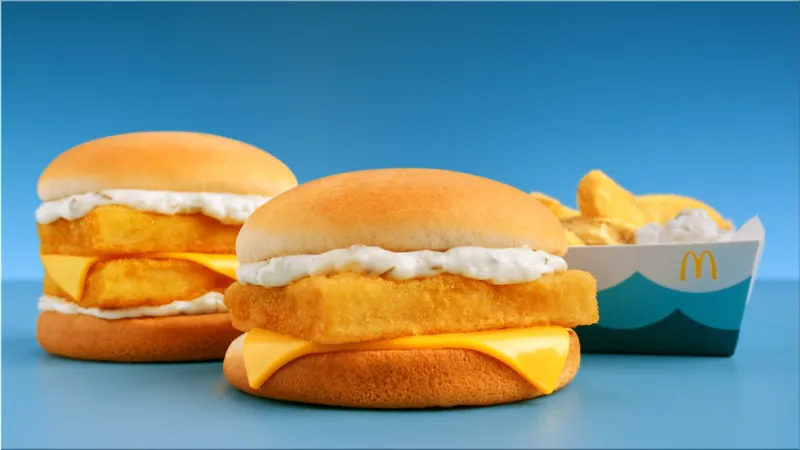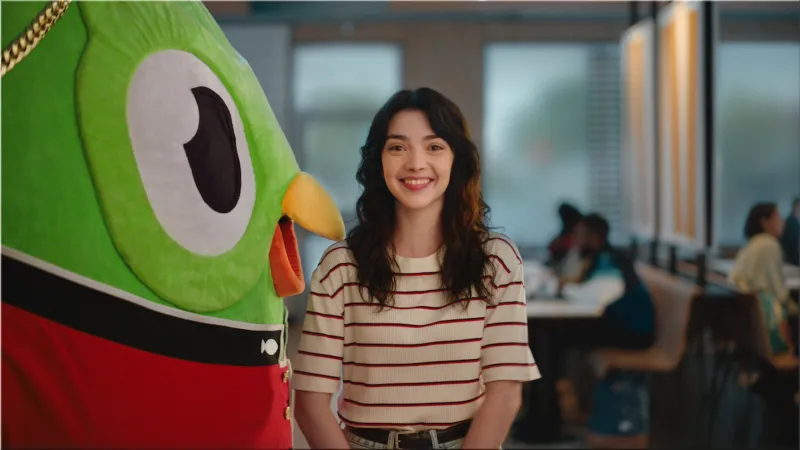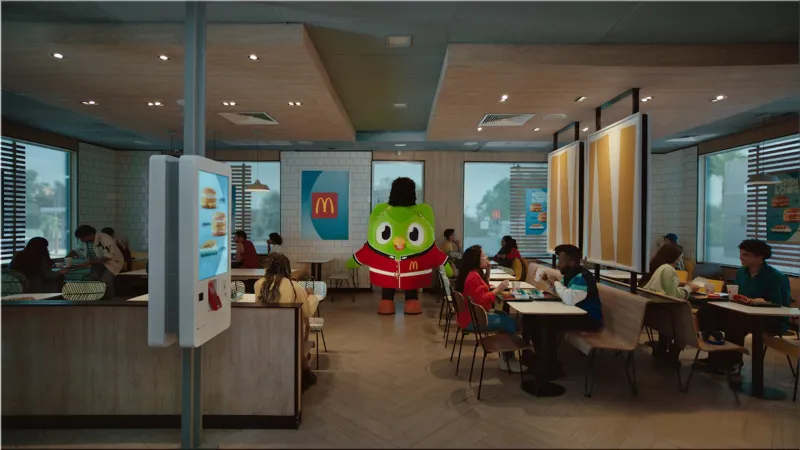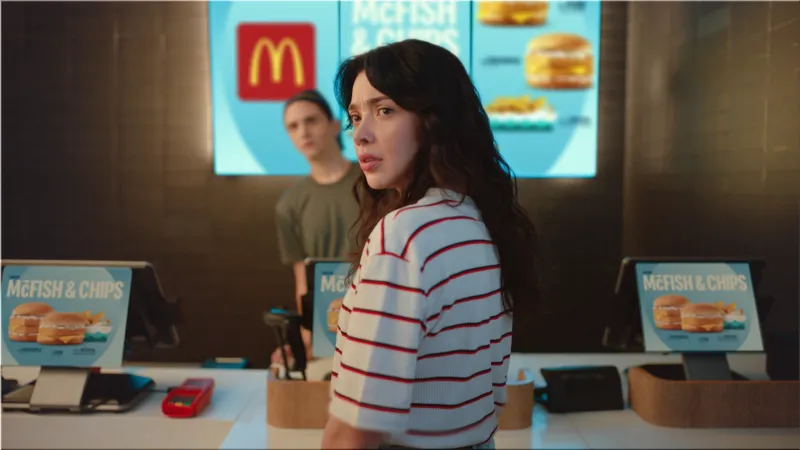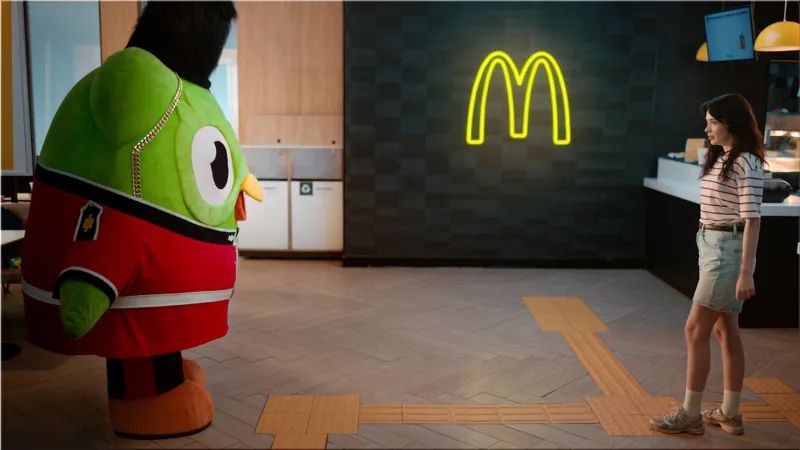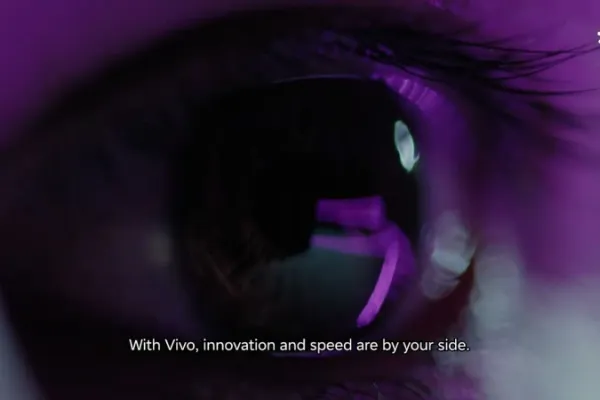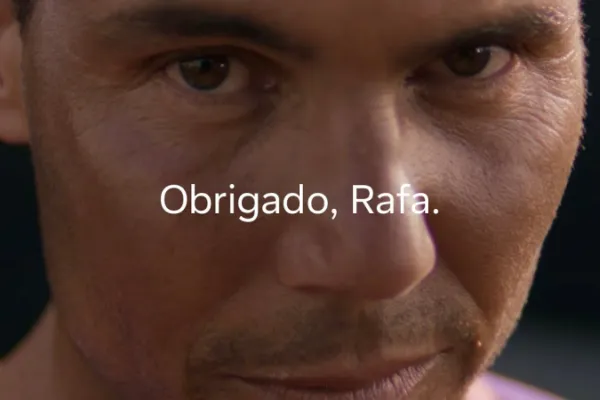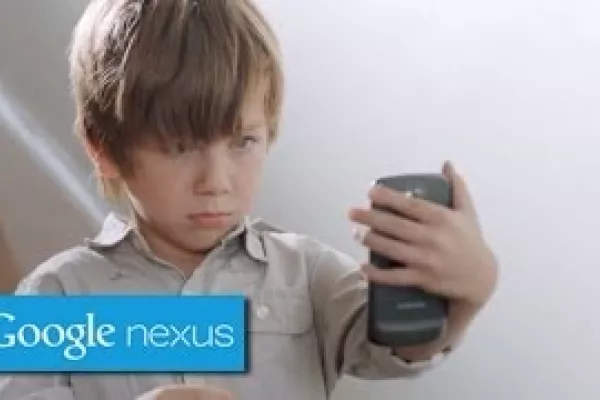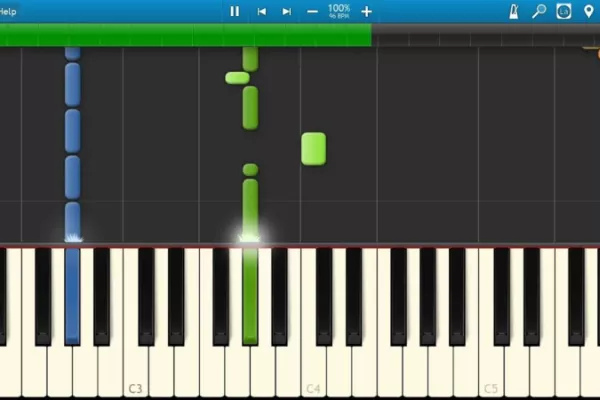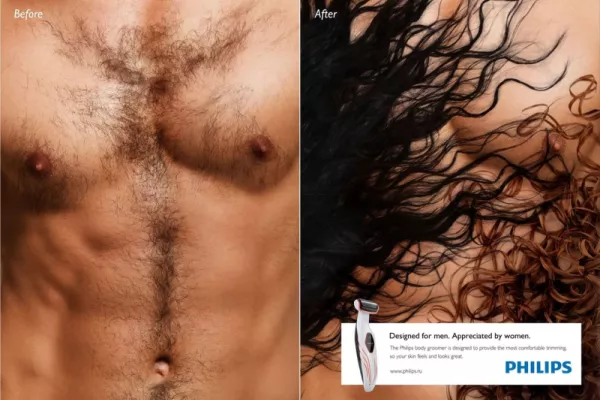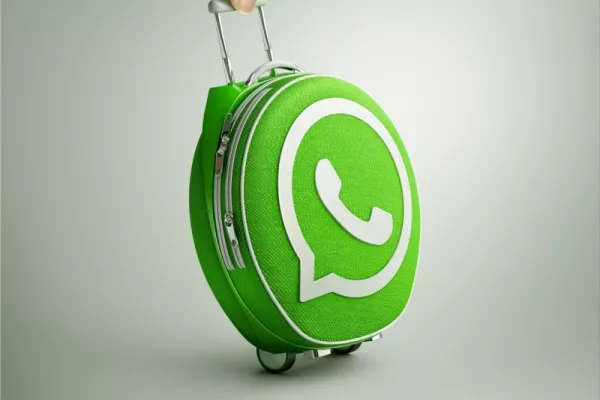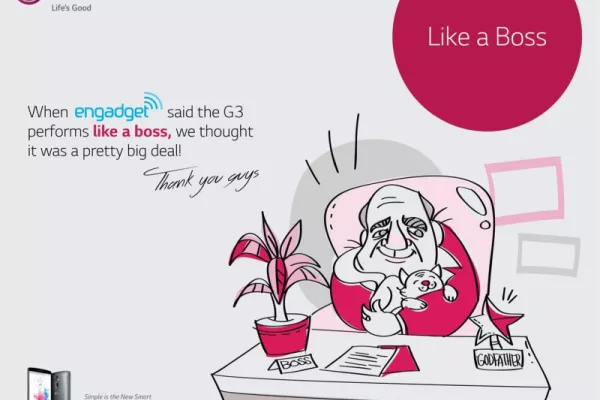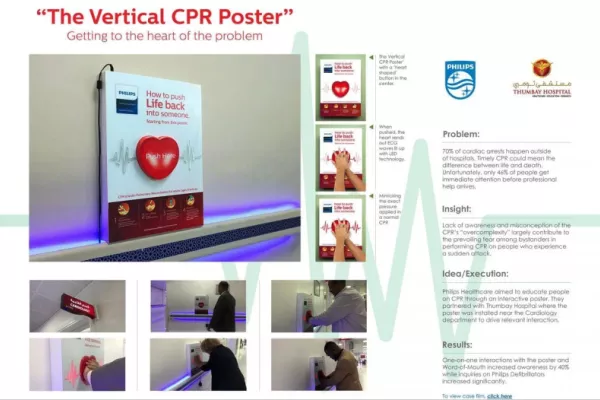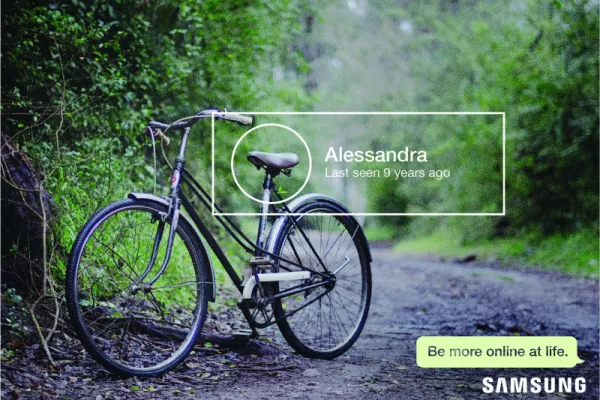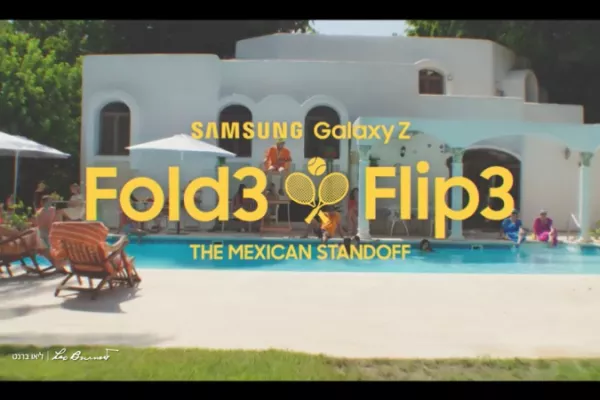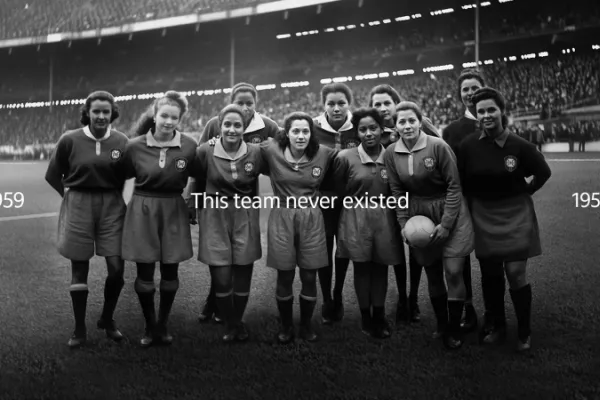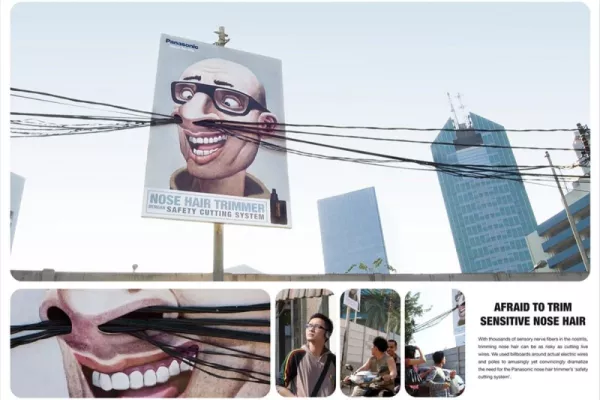If you’re in the business of advertising, take note. McDonald’s Brazil and Duolingo didn’t just launch a campaign—they engineered a cultural moment. And that, my friends, is how you sell.
McDonald’s isn’t new to the art of spectacle. From the Golden Arches to the Happy Meal, they’ve turned branding into a science. But in a world where attention spans are shrinking and competition is relentless, you need more than a flashy billboard. You need to embed your product into the fabric of conversation.
So, why did McDonald’s Brazil team up with Duolingo to reintroduce the Filet-O-Fish (or as the locals call it, McFish)? Because this campaign isn’t just about selling sandwiches—it’s about creating an experience.
The Power of the Unexpected
Let’s start with the genius of contrast. McDonald’s is the king of fast food; Duolingo is the quirky owl that reminds you (sometimes aggressively) to practice your Spanish. On paper, they couldn’t be more different. But in advertising, opposites attract.
Here’s the twist: the McFish & Chips meal has an English name, and in Brazil—where fewer than 1% of people are fluent in English—that’s an opportunity disguised as a challenge. Enter Duolingo, a brand that thrives on making learning fun. The result? A campaign that turns ordering lunch into a playful, shareable moment.
Humor, Culture, and Engagement: The Winning Formula
The heart of the campaign is the now-viral “Do You Speak McFish?” ad, where a customer struggles to pronounce their order—until Duo, the sassy green owl, swoops in to save the day. It’s hilarious. It’s memorable. It’s marketing gold.
But the magic didn’t stop there. McDonald’s knew that in Brazil, entertainment drives engagement. So they lit up the São Paulo skyline with a 300-drone spectacle, turning the city into a billboard in the stars.
Then came the social media blitz. TikTok trends. Meme-worthy moments. Influencer collaborations. They didn’t just launch a product; they launched a movement.
Lessons for Every Marketer
- Tap into pop culture – McDonald’s didn’t force the conversation; they joined it. By leveraging Duolingo’s viral appeal, they made a language barrier feel like a game rather than an obstacle.
- Create a multisensory experience – A sandwich is just a sandwich. But a sandwich with a story, a challenge, and a citywide light show? That’s something you don’t forget.
- Engagement over interruption – Consumers don’t want ads. They want entertainment. McDonald’s and Duolingo delivered humor, surprise, and a reason to talk.
At its core, this campaign is a reminder of what great advertising does best: it sells without feeling like selling. It makes you laugh. It makes you curious. And before you know it, you’re craving McFish & Chips—whether you can pronounce it or not.
That’s not just advertising. That’s persuasion at its finest.
- Add new comment
- 150 views
